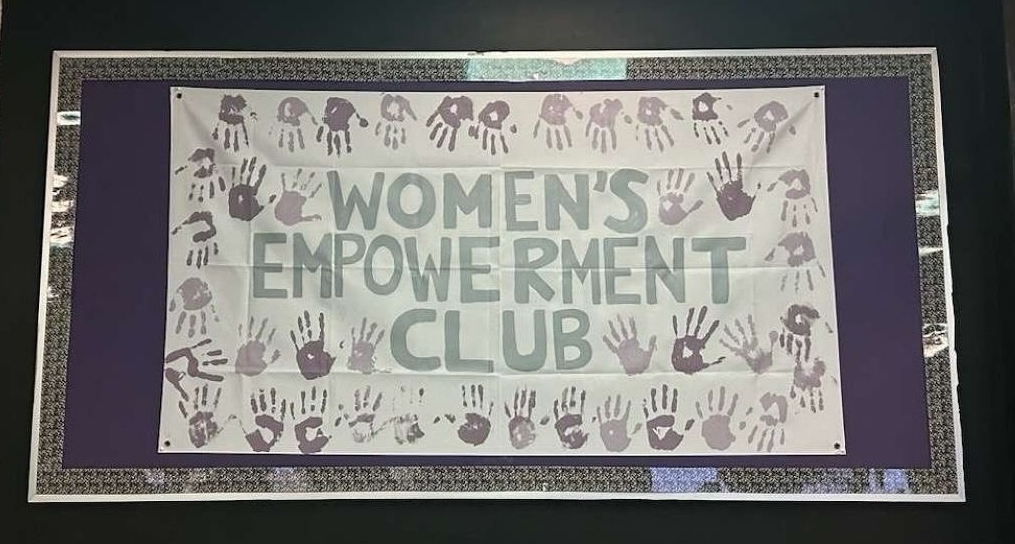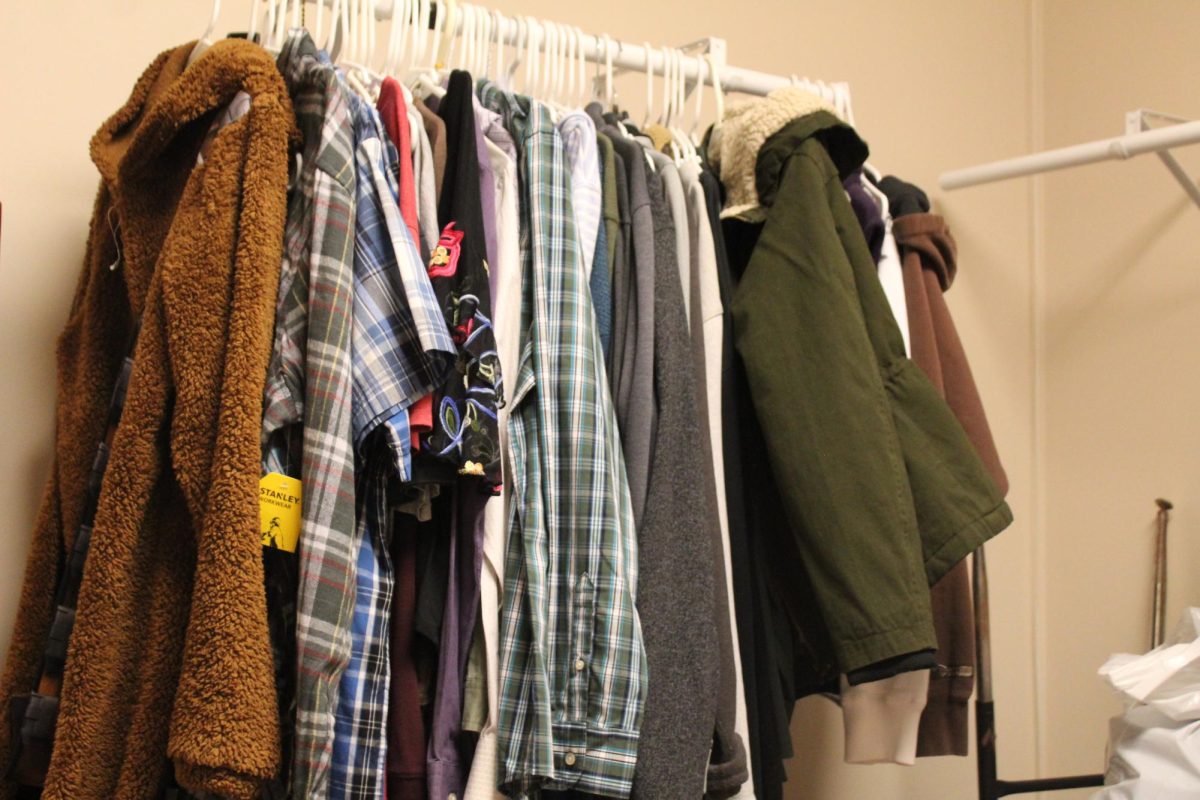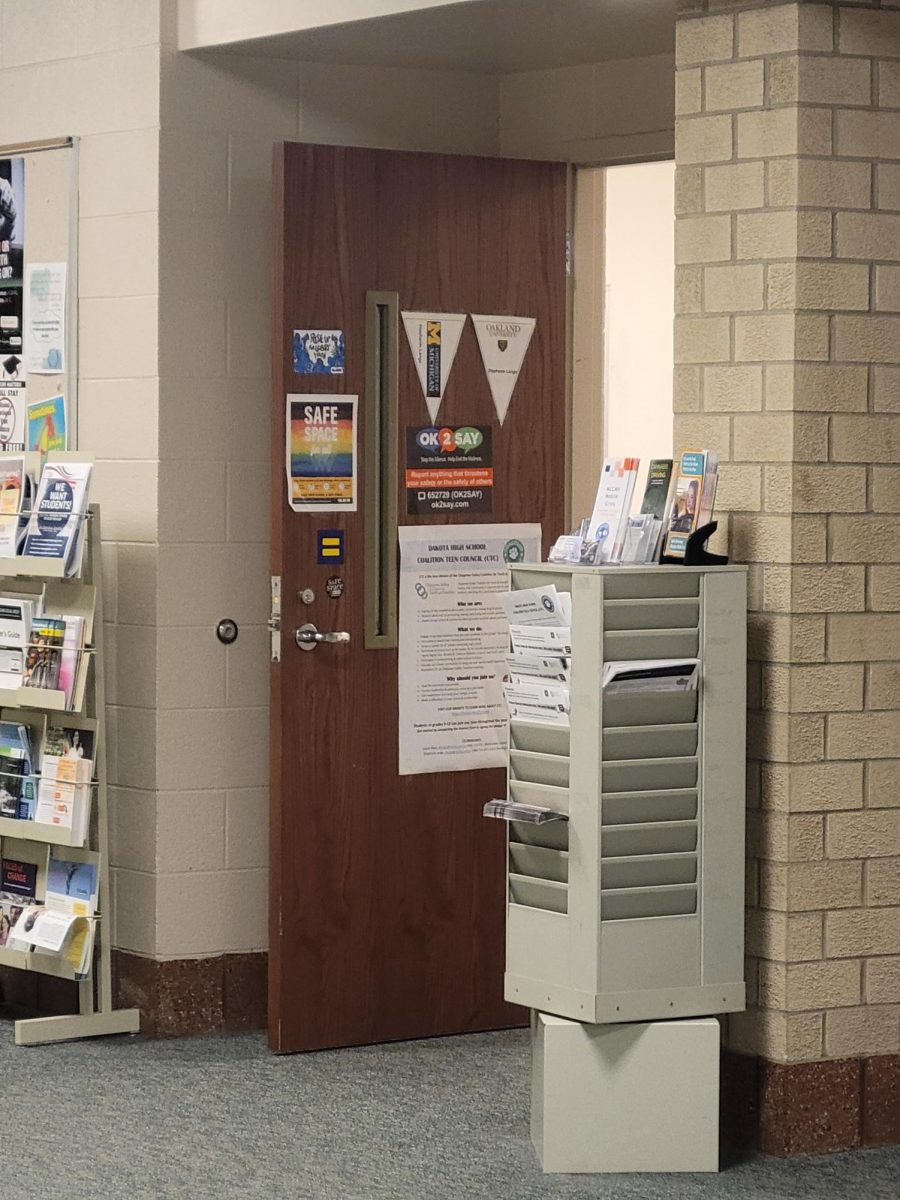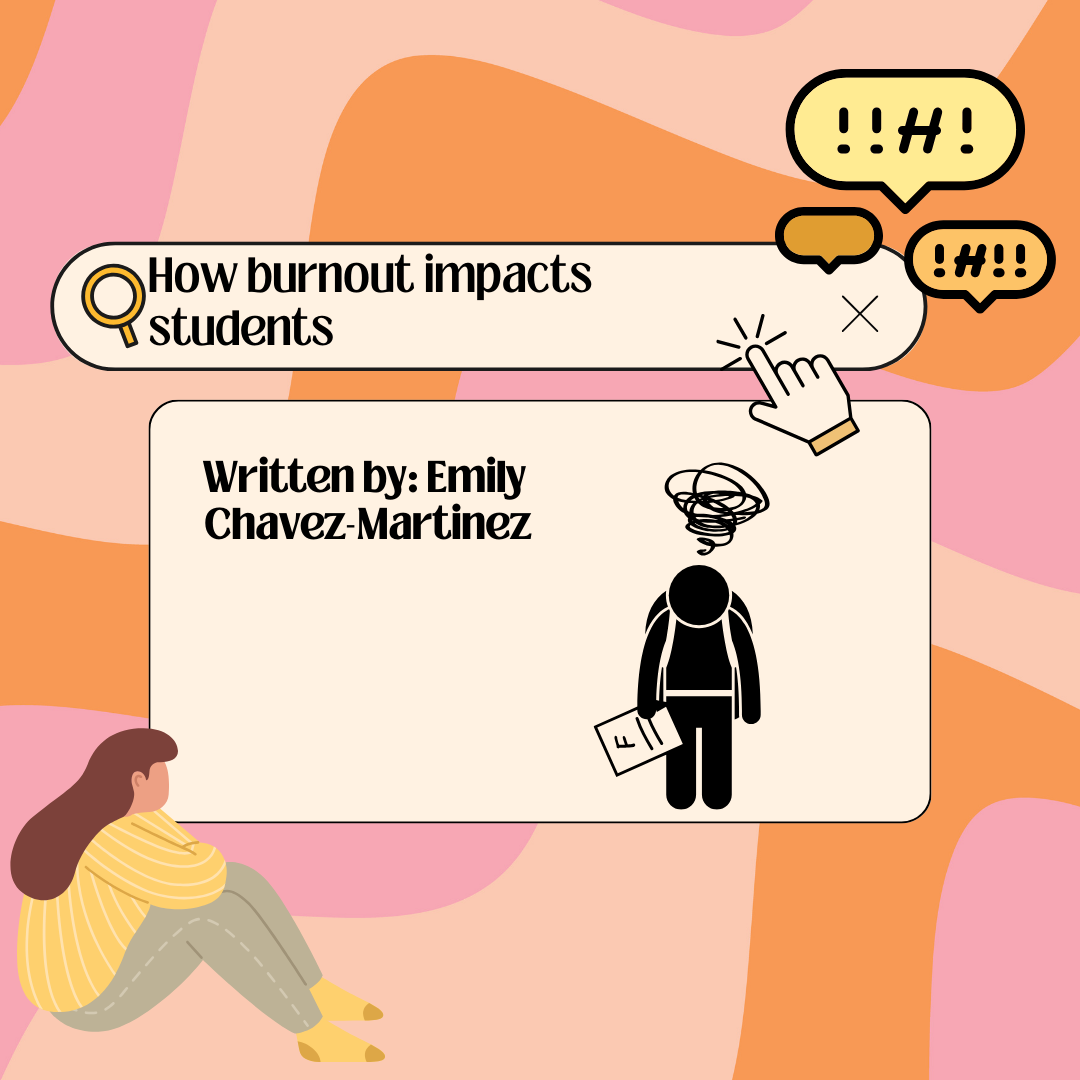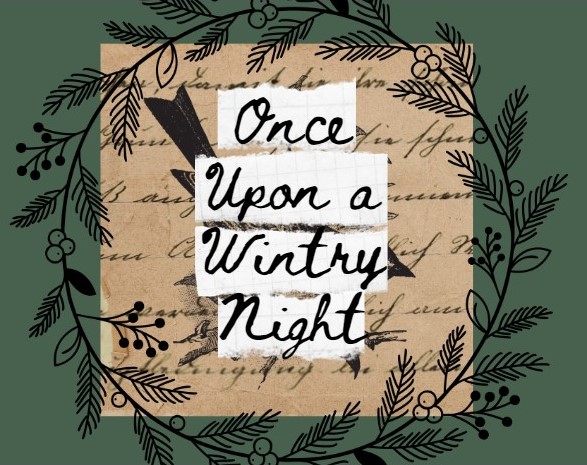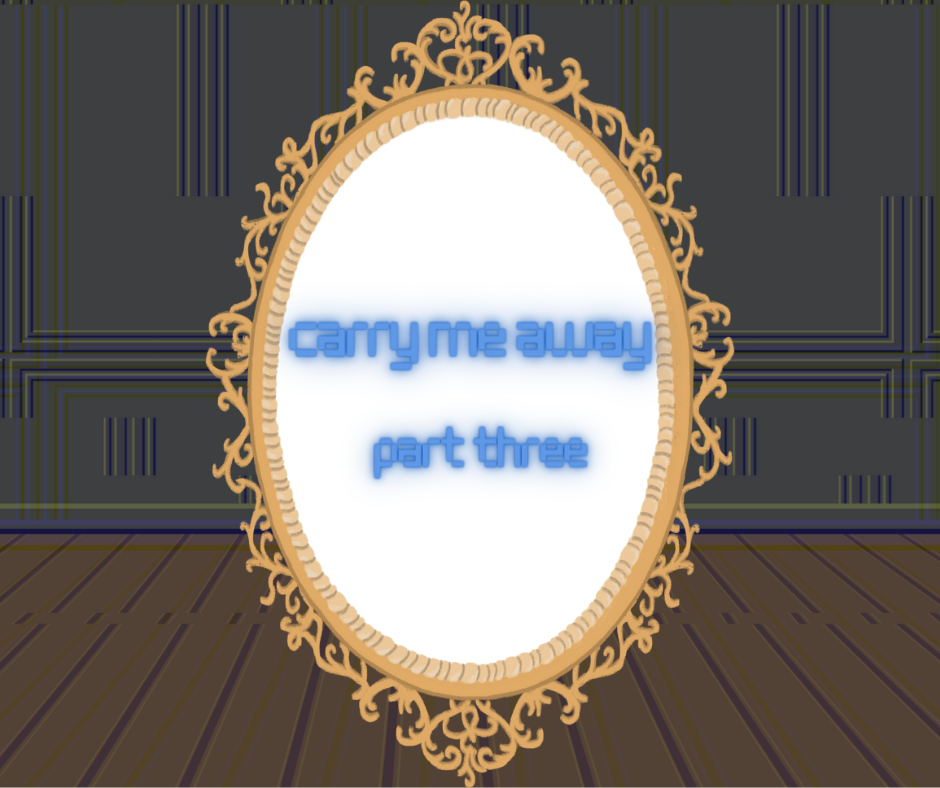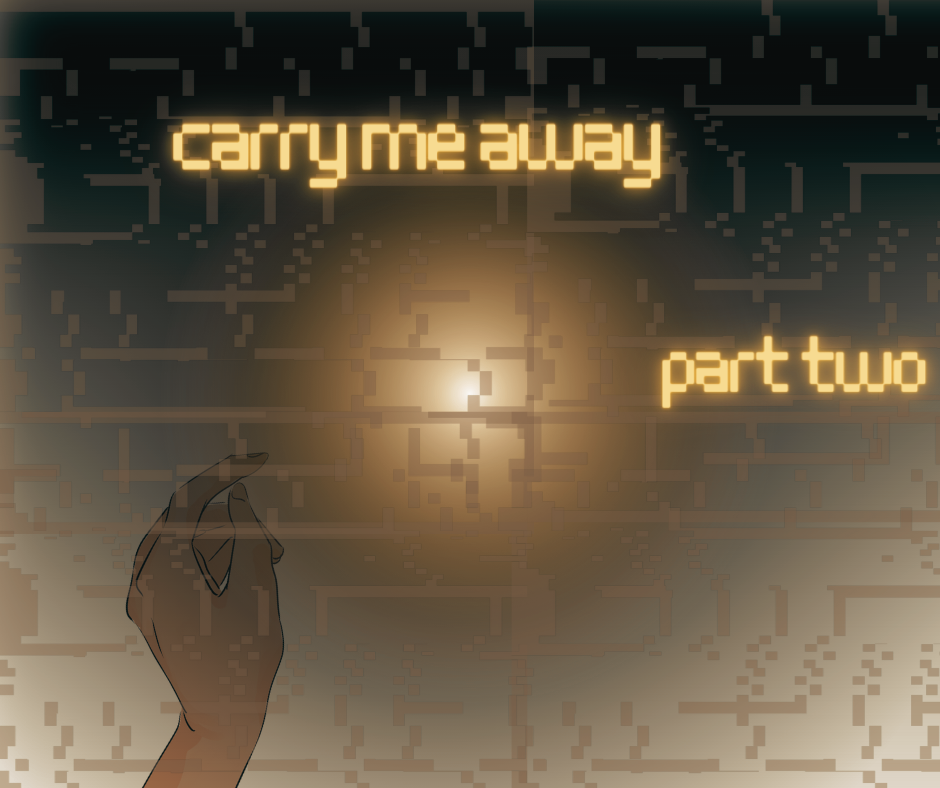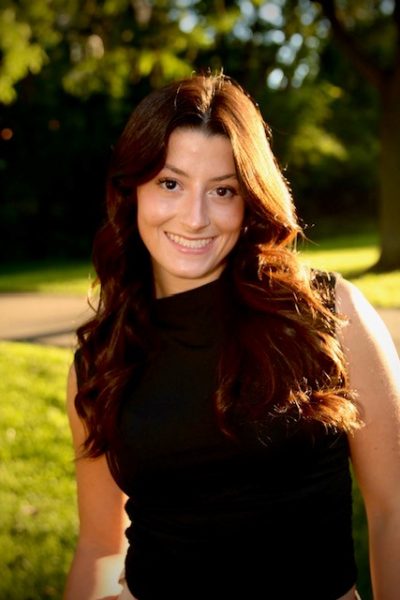There are many fun classes students are able to take here at Dakota. One class in particular, many students take and love, but don’t know much about it prior. I’m going to talk about our Forensic Science classes right here at Dakota and what they are all about.
First of all, Forensic Science is taught by Mr. Zoli and Mr. Pojeta. Mr. Zoli teaches both Physics and Forensic Science. Mr. Pojeta teaches Physics and forensic Science and has taught Earth Science as well. So, what is Forensic Science? Forensic Science is the application of science and scientific methods to criminal cases and legal findings (study.com). Throughout this class, students learn how to properly investigate a crime scene using science. They are able to apply these skills through written labs, tests, experiments, and crime scenes made by the teachers.
In the first part of the class, students will learn how to properly sketch and finalize a crime scene. This lesson begins with learning about the parts of a crime scene and the people within it. Then, students learn how to sketch a crime scene using “on the wall measurements” and “from the wall” measurements. They learn how to show where objects in the crime scene go and how to properly measure that. They learn how to scale things down from the actual crime scene to the drawing of the crime scene.
In the second lesson, students begin learning about evidence collecting and the process behind it. They learn how to properly handle evidence, seal it, and store it. To go with this, students complete multiple hair strand related labs. They learn all about the different parts of the hair and how to determine who the hair might’ve come from. Students learn how to properly collect and store the hair as well. During the main hair lab, students examine hair samples under microscopes. While examining them, they look for things such as the root, medulla, cuticles and cortex. From looking at these different parts, students determine if the hair belongs to a human or animal, female or male, color, type, etc. These classifications help narrow down who the hair could belong to.
In the third lesson, students focus on fibers and how to determine what they are. This lesson relates to when crime scene investigators are examining a victim. They may find fibers from outside pieces of clothing/fabric on the victims. This is especially helpful in homicide cases to help the investigators determine possible suspects and create a timeline for the murder. So, students learn about all the different groups of fiber, their weave patterns, and how they burn/smell. This helps narrow down which fiber the students could possibly be looking at. After learning all the criteria, students then do a burn lab to apply this knowledge and their skills. There are essentially given a crime scene and unlabeled fibers from their crime scene. They then must take the fiber with tweezers and put it near a flame and in a flame. This will allow students to see the fibers reaction and how it smells to determine the type.
In the fourth lesson, students learn all about fingerprinting. This is a more difficult lesson out of all of the previous ones. Prior to a lab, students are taught about the finger print types (arch, loop, whorl), minutiae patterns in the print, and how to dust for finger prints. During the lab for this lesson, students are given objects, such as glasses, with finger prints all over them. Students must then properly dust the prints and lift them using tape. This often takes students many tries to get completely right. Once lifted it must be placed onto a ten card. After the ten card, students have to carefully study each print and find patterns. Then they have to highlight each pattern in a different color and properly match it to another print given to them by the teacher. This is a long and often frustrating process, but is always fun for students.
The final lesson focuses on autopsies and autopsy reports. Students learn about what happens to the body during and after death. They learn about different forms of rigor and how that is used to determine time of death. They also learn about how long it takes the body to display some of these effects, how long it takes to go away, and how temperature and activity before death can affect the processes. The labs that go with this lesson mainly focus on the calculation of time of death. Time of death calculations can be made using the bodies temperature and the average temperature in a very specific calculation.
All of these lessons are combined into a series of different chapters where the students take notes and do other activities as well. In this class, students also watch many documentaries such as the JonBenet Ramsey case and Lacy Peterson case. These documentaries are super interesting and apply to lessons in class. On top of this, students will also occasionally get to watch NCIS episodes too. These labs and activities are only the ones from first semester, as we haven’t gone into second semester yet.
Overall, this class is super fun and educational, especially if a student is thinking about going into this field of work. Every chapter in the class allows students to apply the skills they have learned and truly use them. Not only that, but this class can count for both a science credit and a math credit for seniors. So, if seniors are looking for a math class that is more interesting and maybe could use in the future, forensic science is the perfect class. Go see your counselor to sign up for the class!






